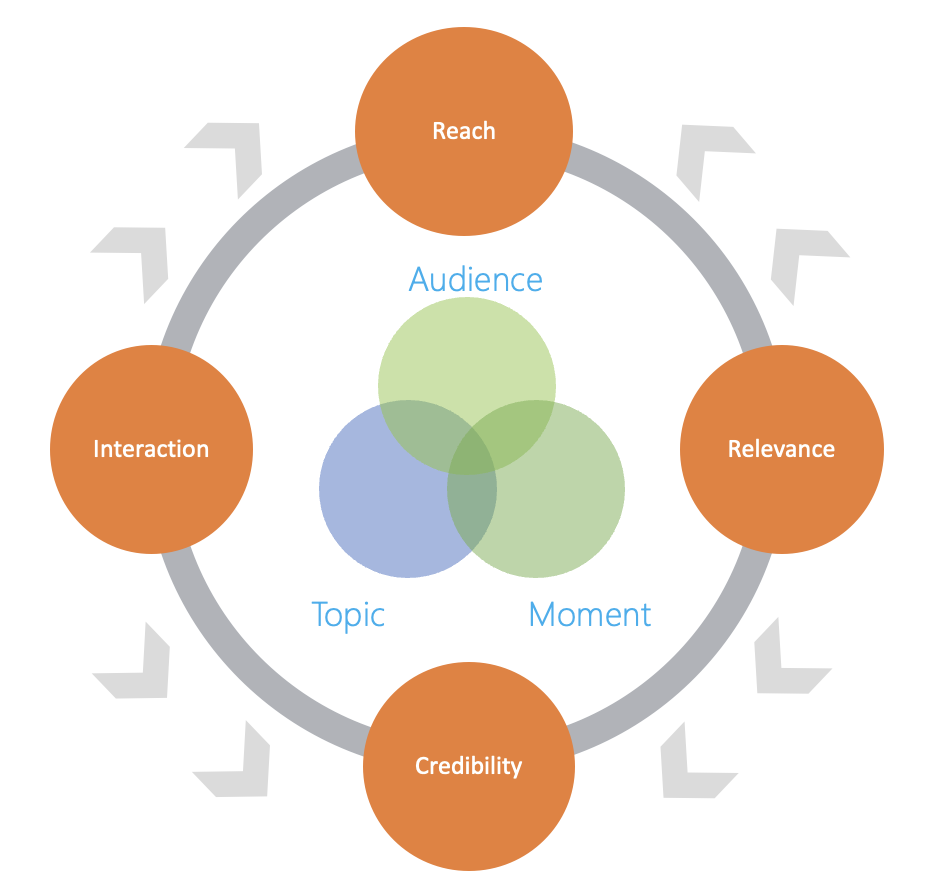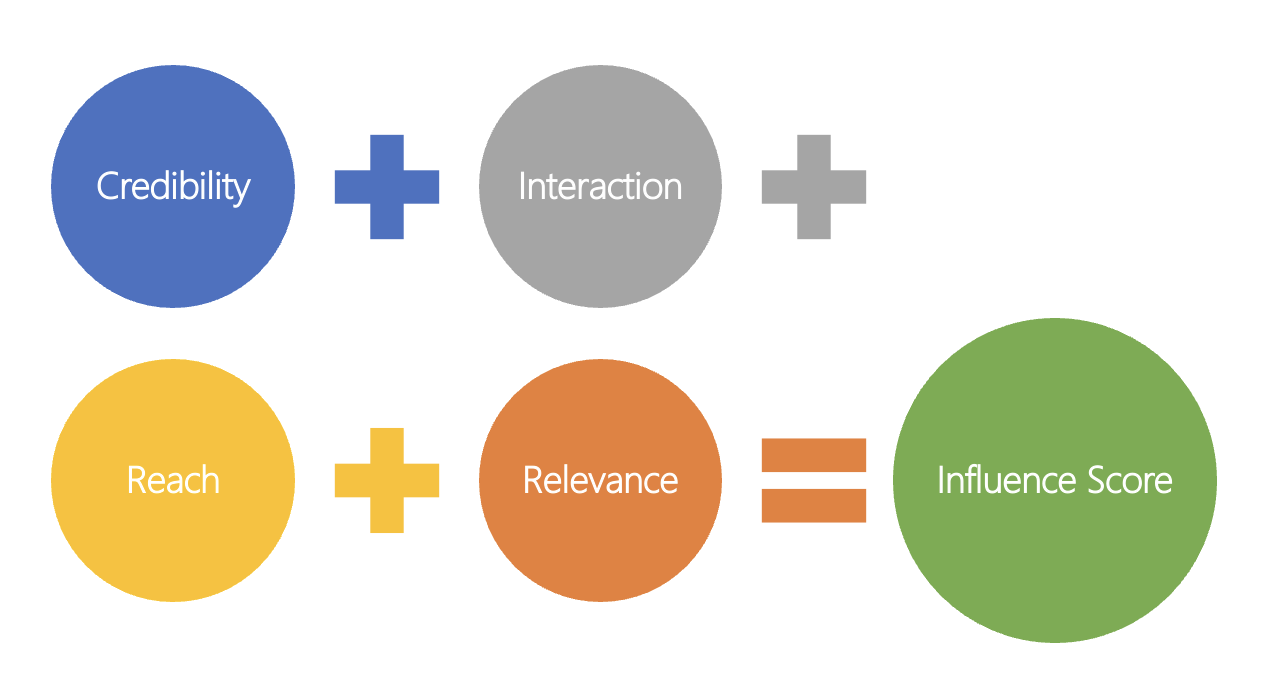Unlocking Success: The Crucial Role of Strategic Communications in Tech Companies
In the fast-paced and ever-evolving landscape of the tech industry, strategic communication has emerged as a linchpin for success. As tech companies navigate complex markets, competition, and technological advancements, effective communication becomes the catalyst for growth, innovation, and maintaining a positive corporate image.
In the fast-paced and ever-evolving landscape of the tech industry, strategic communication has emerged as a linchpin for success. As tech companies navigate complex markets, competition, and technological advancements, effective communication becomes the catalyst for growth, innovation, and maintaining a positive corporate image. In this blog post, we'll explore the vital role of strategic communications in tech companies and how it contributes to their overall success.
Building a Strong Brand Identity:
In the tech world, where products and services often seem interchangeable, establishing a strong brand identity is paramount. Strategic communication helps tech companies define their unique value propositions, core values, and mission. This, in turn, enables them to differentiate themselves in the market and create a lasting impression on consumers.
Navigating Industry Challenges:
Tech companies operate in a dynamic environment characterized by rapid technological advancements, regulatory changes, and shifting market trends. Strategic communication allows these companies to anticipate and respond effectively to challenges. Whether it's addressing cybersecurity concerns, regulatory compliance, or industry disruptions, a well-crafted communication strategy helps build resilience and maintain stakeholder trust.
Fostering Innovation and Collaboration:
Innovation is the lifeblood of the tech industry, and strategic communication plays a pivotal role in fostering a culture of innovation within a company. By effectively communicating a commitment to research and development, a company can attract top talent, encourage collaboration, and showcase its cutting-edge solutions. Clear communication channels also facilitate the exchange of ideas, contributing to a more innovative and dynamic work environment.
Managing Stakeholder Relations:
Tech companies have diverse stakeholders, including customers, employees, investors, regulatory bodies, and the general public. Effective communication ensures that all stakeholders are informed and engaged. By maintaining transparent and open lines of communication, companies can manage expectations, build trust, and mitigate potential conflicts. This is especially crucial in times of crisis, as a well-managed communication strategy can help navigate challenges and maintain credibility.
Enhancing Marketing and Sales Efforts:
In the competitive tech landscape, marketing and sales efforts heavily rely on effective communication. A strategic approach to communication helps create compelling narratives around products and services, making them more appealing to the target audience. From product launches to marketing campaigns, communication strategies amplify the impact of these initiatives, driving customer engagement and sales.
Adapting to Evolving Technologies:
Tech companies must stay ahead of the curve in terms of technological advancements. Strategic communication ensures that internal teams and external stakeholders are informed about the company's commitment to staying at the forefront of technological innovation. This proactive communication not only instills confidence but also positions the company as a leader in the industry.
In the fast-paced and competitive world of technology, strategic communication is not just a nicety; it's a necessity. From building brand identity to navigating challenges and fostering innovation, effective communication is the cornerstone of success for tech companies. By recognizing and harnessing the power of strategic communication, these companies can not only survive but thrive in an ever-changing landscape, solidifying their positions as industry leaders.
Competitive trends for brand experiences H2 2022
Core recommendations for brand expression strategies
Ensure that all experiential activations from the brand are aligned with the needs of the market, and are meeting a brand-approved look and tone. Deliver experiences that can be uniquely owned by the brand and are exciting to their core and adjacent audiences.
Competitive trends for 2022
Crowded House
The brand expression space has gotten even more crowded than ever during the post-pandemic era. Entering such a busy space means leapfrogging others by showcasing your (alluring) differences.
Snowballing Expectations
With such a busy year and the boom of virtual experiences, attendees are expecting more. Launching an experience also means anticipating raising expectations set by other brands’ virtual engagements.
Love You for You
Authenticity is even more important than it ever was in the past; brands need permission. Ensure any stance is genuine, authentic and true to the brand and core to the brand’s purpose.
Findings
Finding 1
Establish event priorities and objectives: Be clear about the purpose of events, the expectations
and the goals.
Finding 2
Consider all roles, nuances, and opportunities in the industry: Across roles and topics, as well as geographic realities to drive the event strategy.
Finding 3
Determine what is ‘only you…’ about your events: What makes an event your event? Align with the experiences but be true to your brand first and foremost.
Finding 4
Establish a portfolio and sphere of influence: Determine how involved headquarters will be in delivering events versus Business Groups and regions.
Finding 5
Get inside your audiences’ mind and beat their expectations: Technologists are not a homogeneous group. They are architects, implementors, decision makers, developers, and so much more.
How you win: Leapfrog
Breakthrough a crowded space and build, support and promote your platform.
Leapfrog—success in category means jumping ahead with unexpected experiences
Push off category: When the category zigs, you should zag; be different, defiant
Solve a problem: The experiential portfolio should seek to solve a problem issue a challenge
Shoot for the moon: BIG thinking nets big results
Influencer Marketing: Guiding Principles
Influence is Specific
There is no such thing as a universal influencer – and influence cannot be evaluated in a vacuum. Someone is influential to a specific audience, on a specific topic, in a specific moment in time.
Influence is Dynamic
Influence is always in motion, evolving over time based on a combination of internal and external forces. Influencers move to new channels, become interested in new topics, react (or fail to react) to cultural shifts – and their level of influence moves accordingly.
Influence is Multidimensional
Influence is not one-size-fits-all. There are many ways to be influential. Some people are reputable sources, while others have a large microphone. With this in mind, the approach uses a set of influence indicators that aims to account for the various mechanisms used by an influencer to encourage action or outcomes – namely, reach, relevance, credibility and interaction.






